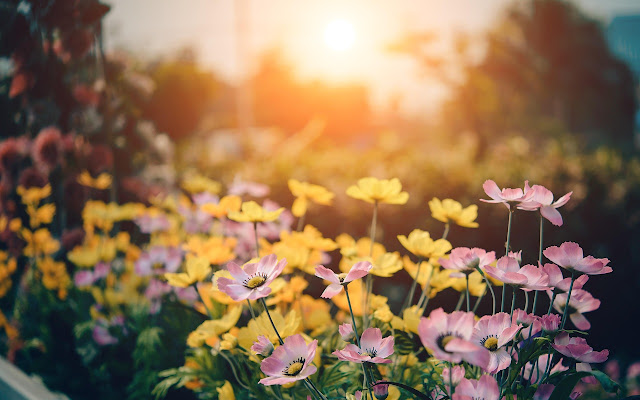Just like with home décor, garden tastes can usually be split into minimalist and simple, or bold, busy, and bright. If you’re leaning towards a minimalist garden for your home, there are many benefits for doing so — as well as many ways you can achieve this style.
What are the Benefits of a Minimalist Garden?
-
Less to tend and care for
-
It’s a cheaper option
-
Can make your garden more manageable and less time-consuming
-
You will have more space
5 Ways You Can Make a Minimalist Garden
-
Choose Feature Pieces Instead of Several Items
This can apply to anything you might want in your garden, whether it’s plants, furniture, or accessories. For example, instead of having a crowded plant or flowerbed, think about one large plant that will draw the eye. For furniture, you might want one large focal lounge chair instead of a cluttered table.
If there’s anything you want to include in your garden, think about one large, eye-catching piece rather than several smaller pieces.
-
Focus on Clear, Uncluttered Space
To have that perfect minimalist look, your garden will need extensive open space free of clutter and maintained in a clean and tidy way. This could be a square of clear lawn, a large square of decking free of any items, or any other hard materials like brick or gravel, depending on your style.
To make sure these ground spaces are clear and tended to, make sure to invest in maintenance tools like zero turn mowers for grass, decking, or paving cleaner and tools that will help you arrange gravel.
-
Go for Plain Colors
Whether it’s with flowers or seating fabrics, lots of bold colors and patterns will make your garden feel busier. However, embrace plain, neutral colors like greens, whites, and beiges for the ideal minimalist look. Make this consistent throughout your whole garden, and if you do want to use patterns, try to choose only one or two key pieces rather than over-furnishing with lots of patterns.
-
Define Clear Zones
A minimalist garden doesn’t have to mean bare of anything, but what can help is separating every area into tidy zones, rather than using one large open space for everything (which can look busier and more cluttered).
You can easily use bordering, hedging, and fencing to create your desired zones in your garden, depending on your interests.
You might want a small separate zone for flowers and plants only or a square zone as the perfect spot to do yoga or meditate. Carefully constructed zones will have everything working together cohesively without feeling overcrowded.
-
Choose Only a Few Low-Maintenance Plants
A minimalist garden is not just about how you choose to style it — it’s also about how much effort it takes to maintain it. To have the simplest garden routine possible, choose a few key plants or flowers that thrive without much attention. Hardy outdoor plants mean that you don’t need to worry about constantly tending to them, helping to create a stress-free space.








CONVERSATION